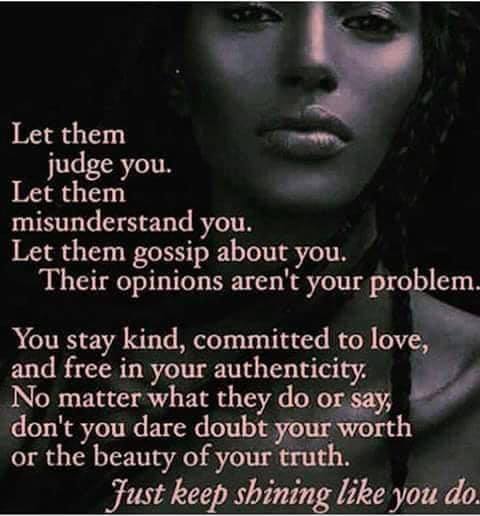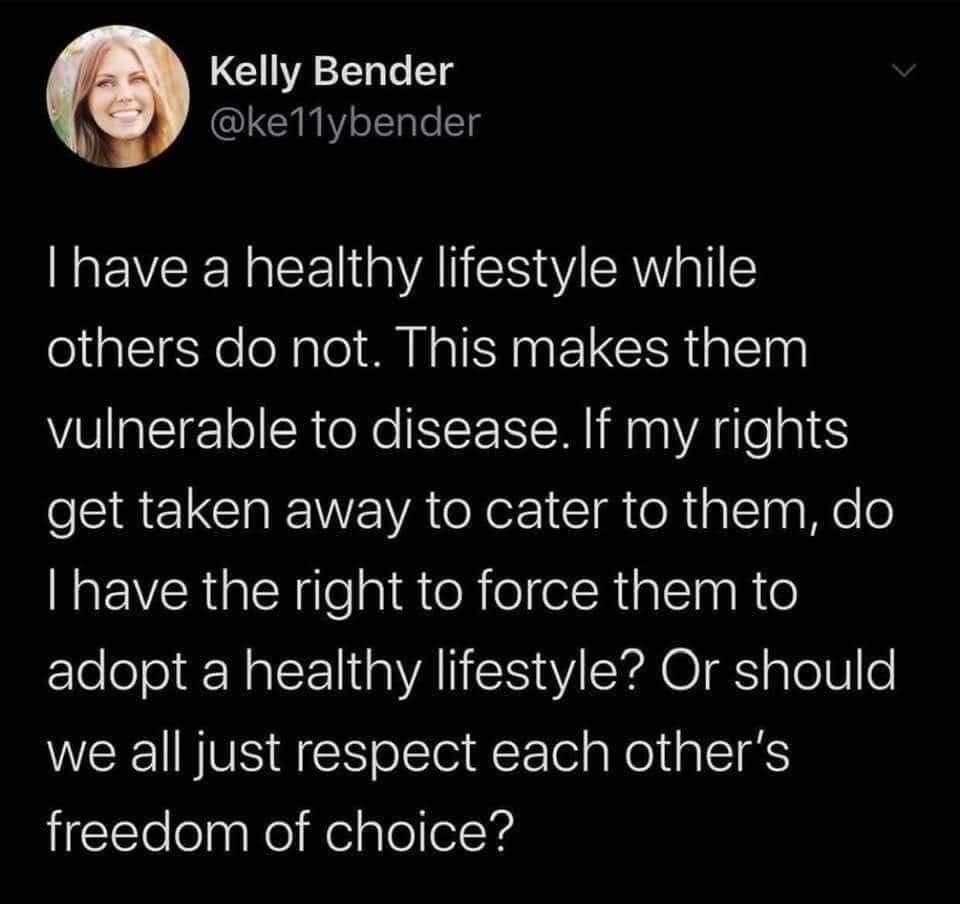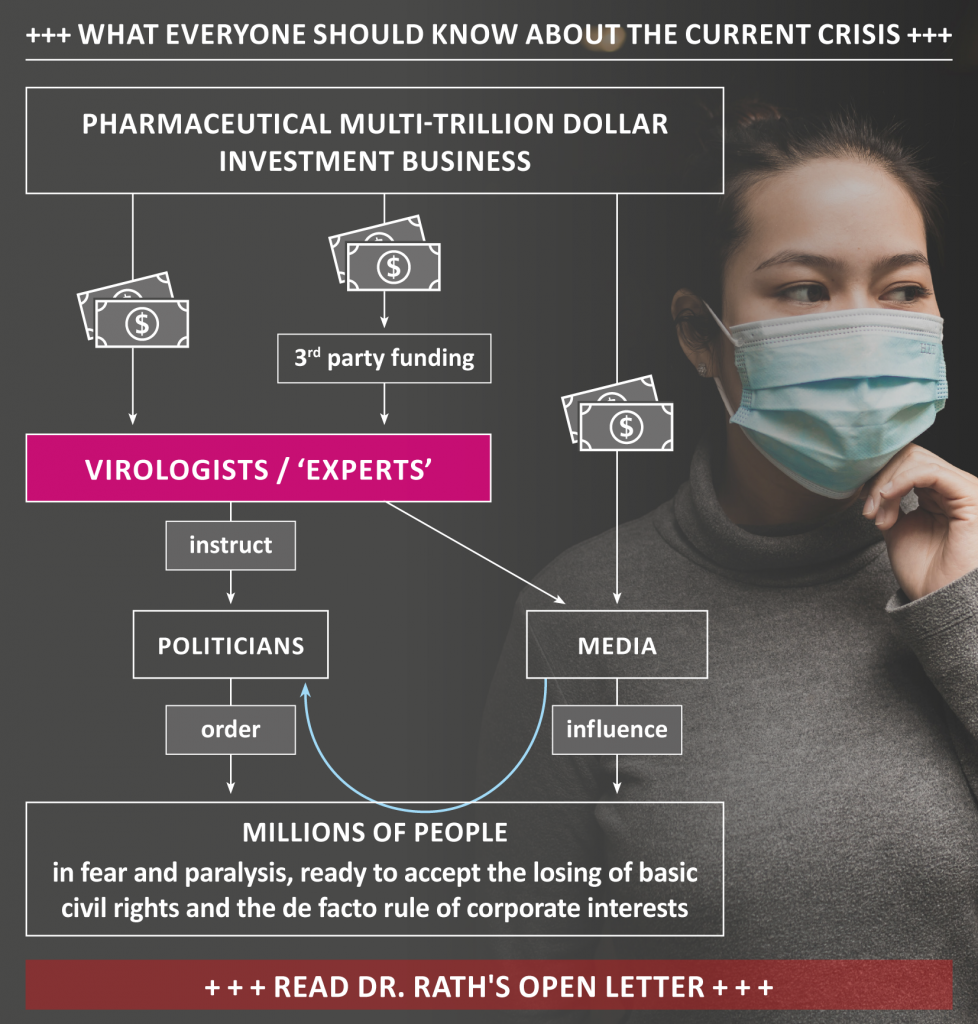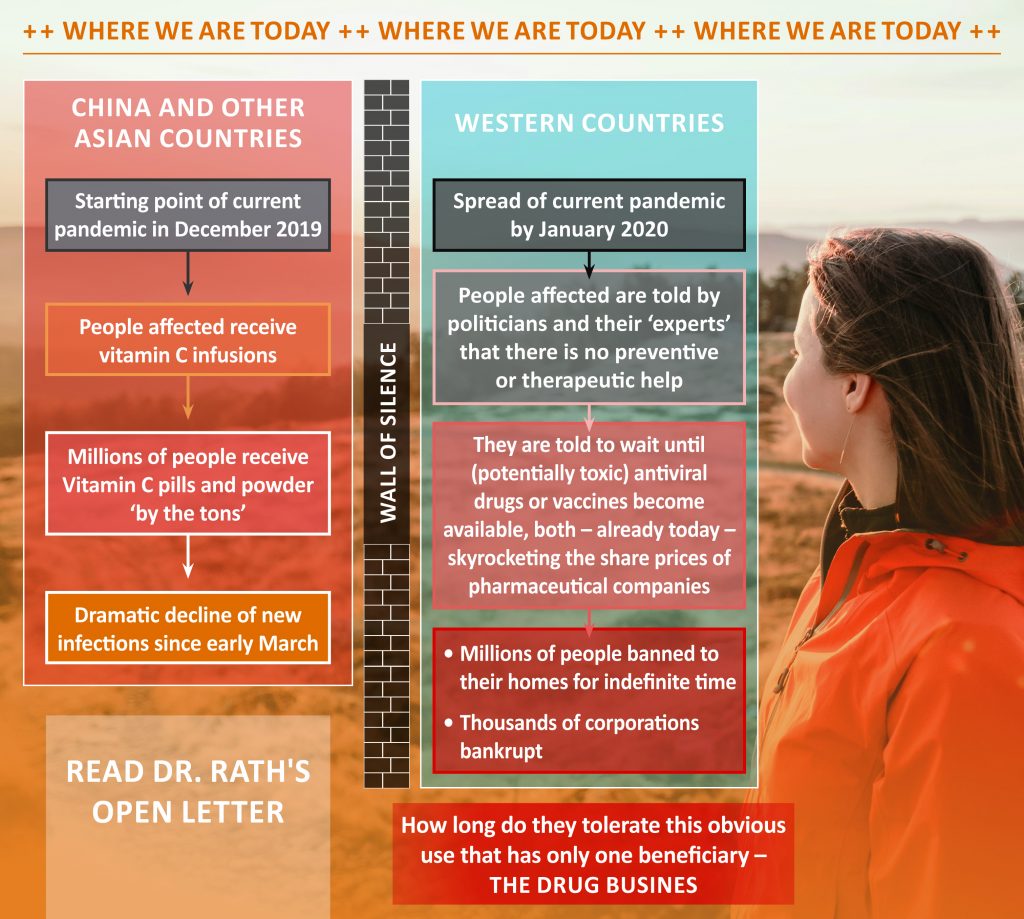You don’t have to go looking for love when it’s where you come from. – Paulo Coelho
Isn’t that just beautiful?
Human Rights Video #18: Freedom of Thought
One of my principle concerns with the current scene is the rapidly escalating speed with which human rights are being trampled.
The UK just passed a 350+ page bill that gives the government unfettered, tyrannical powers.
The USA and Australia are undertaking similarly ill advised actions.
This trend needs to be reversed. The entrance point is educating people that they do have rights.
Watch the video and if you think so too, please share it!
Keep Shining

To my truth sharers, artists and otherwise cocreators of a constructive, beneficial society for the well intentioned, keep shining.
Stay focused on your goals and commited to your product, whatever that is.
The world needs your light in these interesting times!
Human Rights Video #17: Right to Ownership
One of my principle concerns with the current scene is the rapidly escalating speed with which human rights are being trampled.
The UK just passed a 350+ page bill that gives the government unfettered, tyrannical powers.
The USA and Australia are undertaking similarly ill advised actions.
This trend needs to be reversed. The entrance point is educating people that they do have rights.
Watch the video and if you think so too, please share it!
Human Rights Video #16: Right To Marriage & Family
One of my principle concerns with the current scene is the rapidly escalating speed with which human rights are being trampled.
The UK just passed a 350+ page bill that gives the government unfettered, tyrannical powers.
The USA and Australia are undertaking similarly ill advised actions.
This trend needs to be reversed. The entrance point is educating people that they do have rights.
Watch the video and if you think so too, please share it!
Freedom Of Choice
Anything other than freedom of choice is slavery or a victim of tyranny.

Free Steven Donziger and Make Chevron Clean Up!

“Decades of trying to avoid prosecution, decades of exploiting its vast resources in court, and decades of ignoring the cries of its victims: in that sense, Chevron is the Harvey Weinstein of environmental degradation. Just like Weinstein, it’s looking to evade justice.” – Alec Baldwin
Today, our calls for justice for Ecuadorians are amplified. In a full-page ad in the Financial Times, 29 Nobel laureates joined with artists Alec Baldwin and Roger Waters demanding that Chevron face justice for its deliberate pollution of the Amazon and calling for an end to the house arrest of human rights lawyer Steven Donziger.
Donziger was a lead lawyer in the $9.5 billion judgment against Chevron for dumping 16 billion gallons of toxic oil waste in the Ecuadorian Amazon.
Chevron was found guilty and ordered to clean up its mess. Instead of addressing the humanitarian and environmental crisis it caused, the company fled Ecuador and launched a new legal battle aimed to bury the case in litigation. One of its main retaliation efforts includes a campaign to “demonize Donziger.” It relies on the complicity of a U.S. federal trial judge to intimidate Donziger, ultimately preventing Ecuadorians from seeing justice.
Donziger has now been under house arrest for over 250 days for refusing to turn over his computer, cell phone, and confidential case files to Chevron. He is the only lawyer in U.S. history who has ever been detained pretrial on a contempt charge. This abuse must end. Chevron must be held accountable.
Join the call to #FreeDonziger and stand up to big oil at www.MakeChevronCleanUp.com!
Stop the virus! End the hysteria!


This is a long but incredibly worth while read.
Fear Merchants

Please watch and share this. The more people who know the truth, the better the chance we have of defeating the merchants of fear!
https://www.youtube.com/watch?feature=youtu.be&v=p04b1sGRse8
Make Sure You Get Your (Virtual) Nature Walk Each Day
It hac been found to be more relaxing and beneficial than the evening news! But then, short of being mugged, nearly everything else is!
